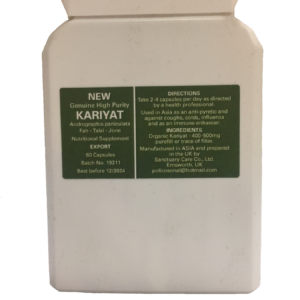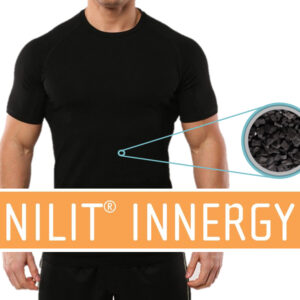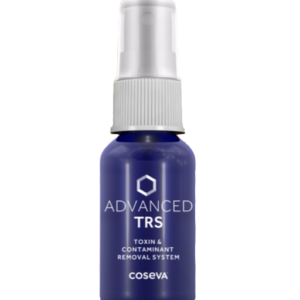Why Ivermectin now?
Thouosands of Doctors and health professionals have been calling for the immediate halt on the supression and secrecy over the succcessful use of Ivermectin with Covid. So you’ll be hard pressed to find anything about it in mainstream news or health.
Where can you buy ivermectin in the UK?
just drop us a message and ask where to find a trusted supply.

Apprently the rules on emergency act use shots are … if there is another possible remedy out there without side effects then the shots can no onger be allowed to be used! and of course we all know that that would hurt the years old investment opportunity.
Now what is the effectiveness of ivermectin?
How much does it threaten the pharamaceuticals and their profits.
Lets have a look into some scientific papers on the matter:
- Published: (the best bits)
Ivermectin: enigmatic multifaceted ‘wonder’ drug continues to surprise and exceed expectations
Perhaps more than any other drug, ivermectin is a drug for the world’s poor. For most of this century, some 250 million people have been taking it annually to combat two of the world’s most devastating, disfiguring, debilitating and stigma-inducing diseases, Onchocerciasis and Lymphatic filariasis.
Surprisingly, despite 40 years of unmatched global success, plus widespread intensive scientific study in both the public and private sectors, scientists are still not certain exactly how ivermectin works.
Moreover, whereas ivermectin-resistant parasites swiftly appeared in treated animals,28 as well as in ectoparasites, such as copepods parasitizing salmon in fish farms,29 somewhat bizarrely and almost uniquely, no confirmed drug resistance appears to have arisen in parasites in human populations, even in those that have been taking ivermectin as a monotherapy for over 30 years.
Consequently, ivermectin treatment results in a rapid and almost total (98%) reduction in dermal-dwelling immature worms (microfilariae),30 but has only a limited sterilizing effect on female macrofilariae.
Dermal microfilarial loads are reduced by 78% within 2 days, and by some 98% within 2 weeks of treatment, remaining at extremely low levels for about 12 months.
Immunomodulatory agents often display fewer side effects than drugs, as well as producing less opportunity for creation of resistance in target microorganisms, which helps explain the absence of drug resistance in humans.
Ivermectin has now been used for over three decades to treat parasitic infections in mammals, and has an extremely good safety profile, with numerous studies reporting low rates of adverse events when given as an oral treatment for parasitic infections.
research is currently shedding light on the promise that the drug still harbors and the prospects of it combatting a new range of diseases or killing vectors of various disease-causing parasites.
In 2007, Belgian scientists applied for a patent, ‘Use of ivermectin and derivates thereof for the treatment of amyotrophic lateral sclerosis’ (Publication No.: WO/2008/034202A3), to cover ‘the use of ivermectin and analogs, to prevent, retard and ameliorate a motor neuron disease such as amyotrophic lateral sclerosis and the associated motor neuron degeneration’.
Improved understanding of the stereochemistry of ivermectin binding will facilitate the development of new lead compounds, as anthelmintics as well as treatments for a wide variety of human neurological disorders.95,96
An in silico chemical genomics approach designed to predict whether any existing drugs might be useful in tackling glioblastoma, lung and breast cancer, indicated that ivermectin may be a useful compound in this respect.109
it has been reported that ivermectin induces chloride-dependent membrane hyperpolarization and cell death in leukemia cells and it has also been suggested that ivermectin synergizes with the chemotherapy agents cytarabine and daunorubicin to induce cell death in leukemia cells, with researchers claiming that ivermectin could be rapidly advanced into clinical trials.
Ivermectin induces autophagy and release of ATP and HMGB1, key mediators of inflammation.
Because ivermectin has an exemplary safety record, it could swiftly become a useful tool as a WNT-TCF pathway response blocker to treat WNT-TCF-dependent diseases, encompassing multiple cancers.117
in 2013, Chinese scientists applied for an international patent ‘Use of ivermectin and derivatives thereof’ (Publication No.: WO/2014/059797) for new uses in the ‘development and manufacture of medicaments for human use in treating metabolic related diseases, such as hyperglycemia, insulin resistance, hypertriglyceridemia, hypercholesterolemia, diabetes, obesity and so on, and Famesoid X receptor-mediated diseases, such as cholestasia, gallstones, non-alcohol fatty liver disease, atherosclerosis, inflammation and cancer’.
Other papers:
- Published:
The mechanisms of action of ivermectin against SARS-CoV-2—an extensive review
- COVID vaccine boosters: the most important questions
- ‘I hope you die’: how the COVID pandemic unleashed attacks on scientists
- Published:
Genetic dissection of an amygdala microcircuit that gates conditioned fear
- Published:
Ivermectin: a systematic review from antiviral effects to COVID-19 complementary regimen
- Published:
Modulation of P2X4/P2X7/Pannexin-1 sensitivity to extracellular ATP via Ivermectin induces a non-apoptotic and inflammatory form of cancer cell death
- Published:
Nebulized ivermectin for COVID-19 and other respiratory diseases, a proof of concept, dose-ranging study in rats
- Published:
Ivermectin converts cold tumors hot and synergizes with immune checkpoint blockade for treatment of breast cancer
- Published:
The life and times of ivermectin — a success story
- Published:
RETRACTED ARTICLE: The mechanisms of action of Ivermectin against SARS-CoV-2: An evidence-based clinical review article






